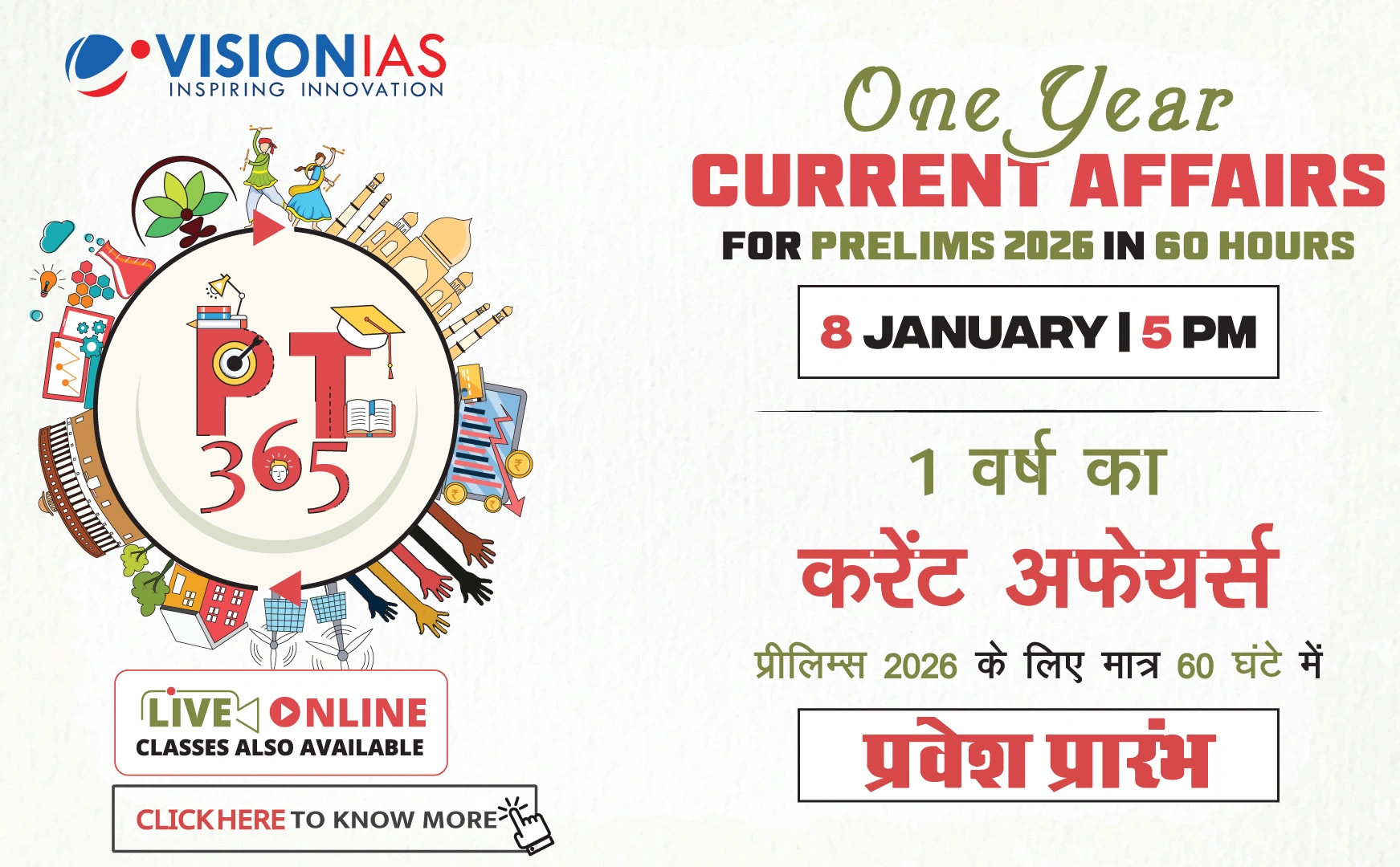Introduction of the Equalisation Levy
In 2016, the Indian government introduced an equalisation levy of 6% on payments for digital advertisement services to non-resident entities exceeding Rs 1 lakh. This tax, often called the "Google Tax", primarily impacted tech giants such as Google and Meta, which dominate India's digital advertising market.
Extension and Global Reactions
In 2020, the levy extended with an additional 2% imposed on e-commerce sites providing digital services. This move prompted the United States to launch an investigation under section 301 of the US Trade Act 1974, concerning India's digital services tax. Similar investigations were conducted against other countries.
US Trade Representative Findings
- On January 6, 2021, the US Trade Representative's office concluded that the levy was considered "discriminatory, unreasonable, and burdens or restricts US commerce."
- Consequently, India decided to abolish the 2% levy starting August 1, 2024.
Abolition and Amendments
In a recent amendment to the Finance Bill, 2025, the Indian government proposed scrapping the levy on online advertisements. The initial goal of these taxes was to ensure multinational tech companies paid fair taxes to "market" countries in the "hard to tax" digital sector.
Expert Opinions and Collections
- Experts viewed the levy as an "imperfect solution" for taxing digital transactions, critiquing its "unilateral nature."
- Revenue collections from this levy were just under Rs 4,000 crore, with substantial contributions from Bengaluru.
US-India Trade Relations
The decision to eliminate the levy coincides with US pressure to reduce tariffs, with an April 2 deadline for reciprocal tariffs looming, and ongoing bilateral trade talks. Also notable are India's recent reductions in duties on US exports like high engine capacity motorcycles and high-end cars, signaling a pragmatic approach in negotiations with the US.



